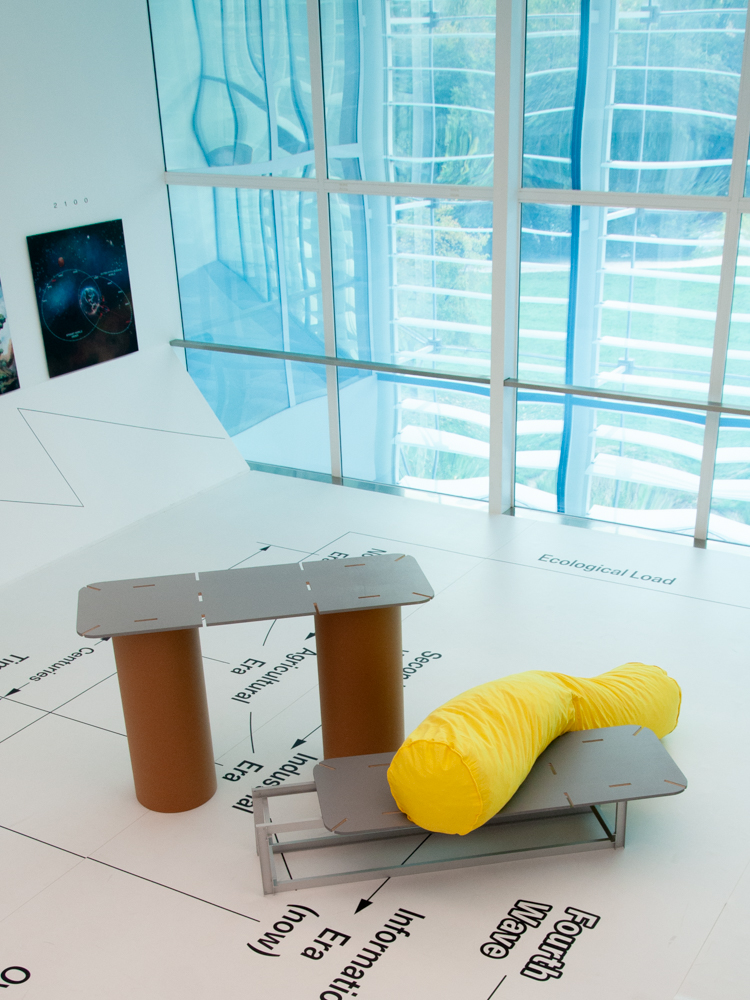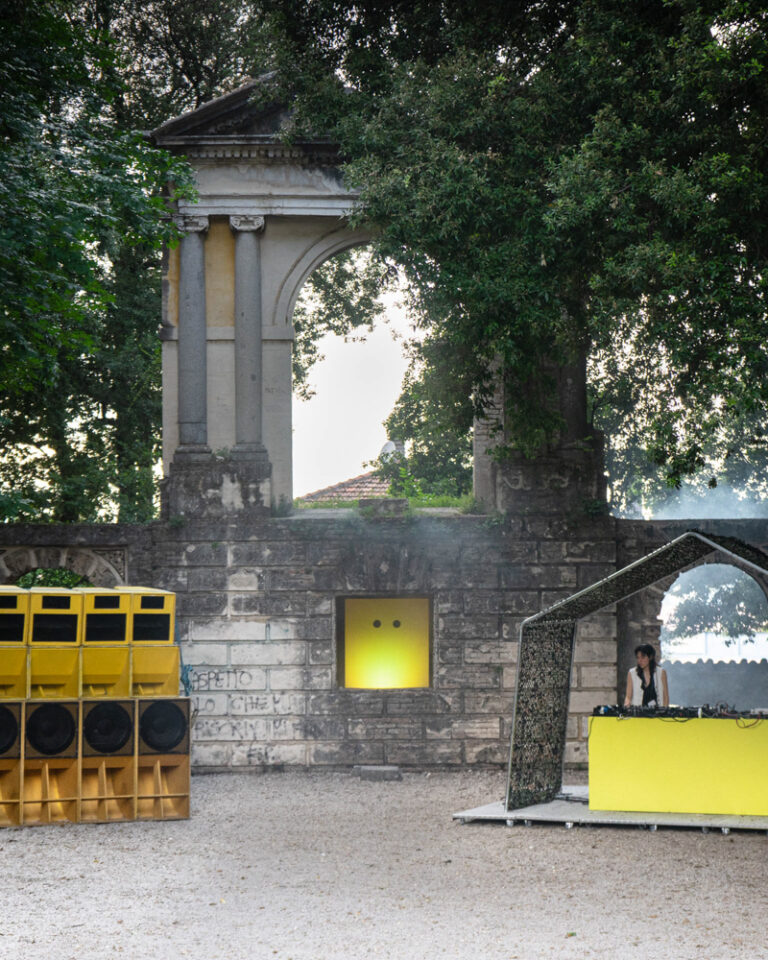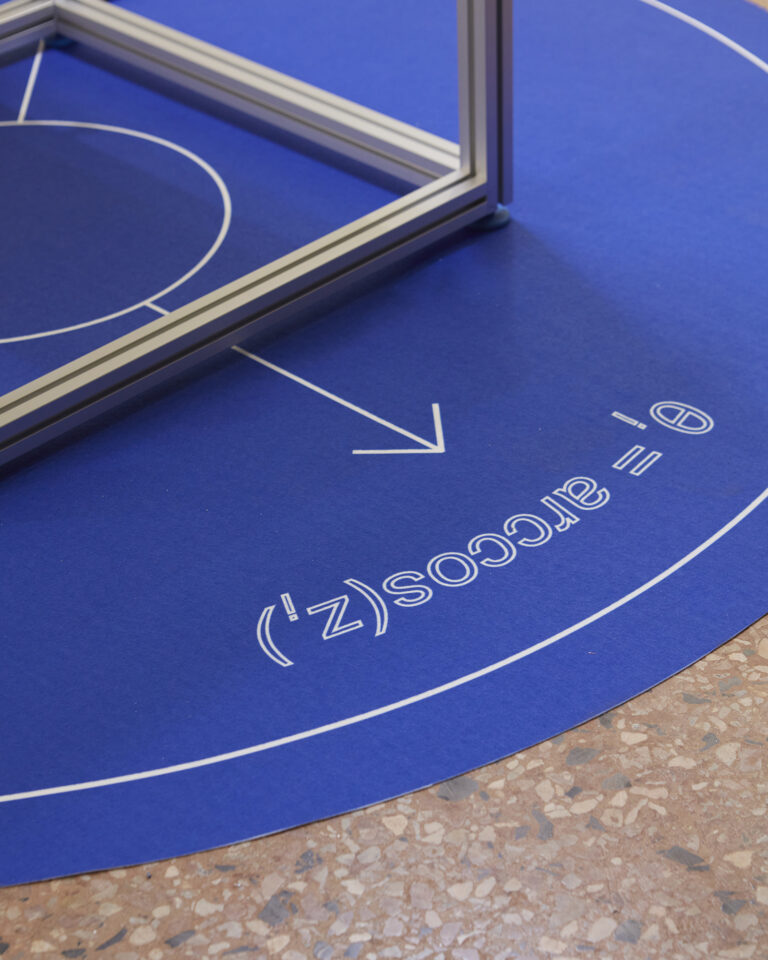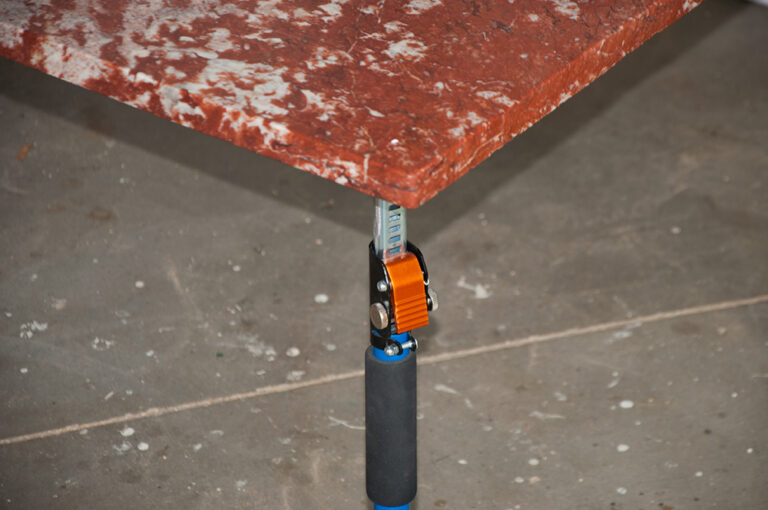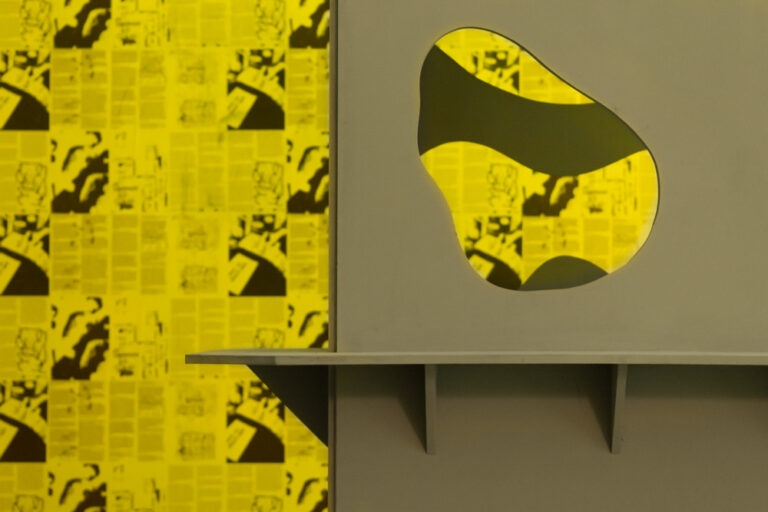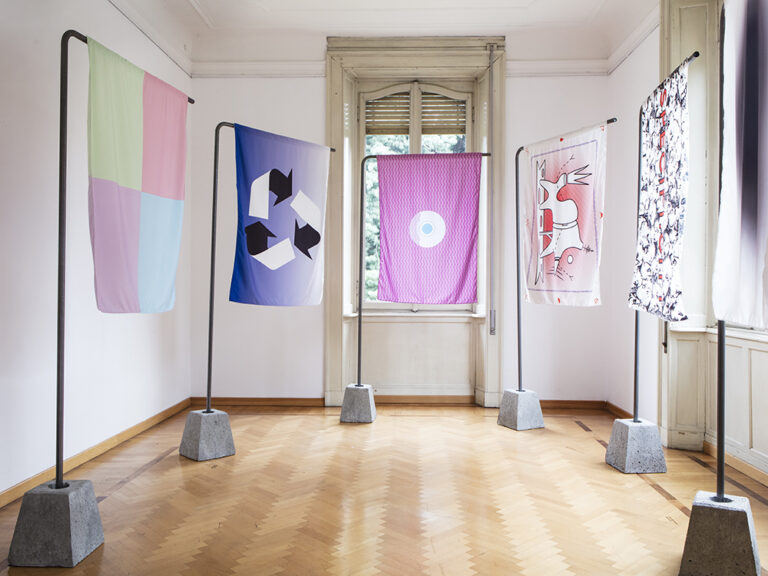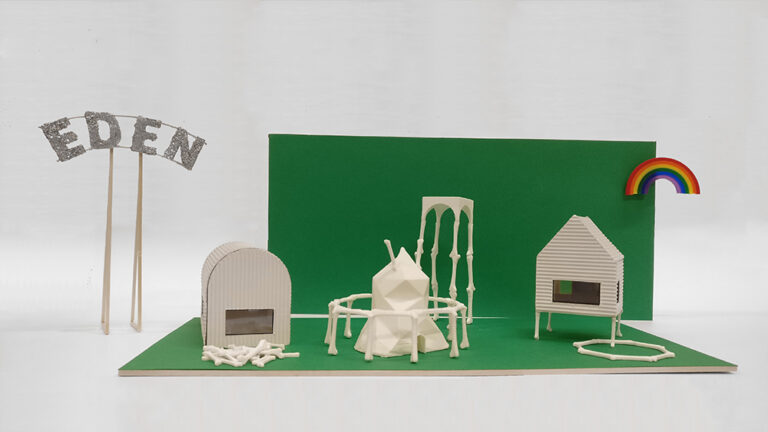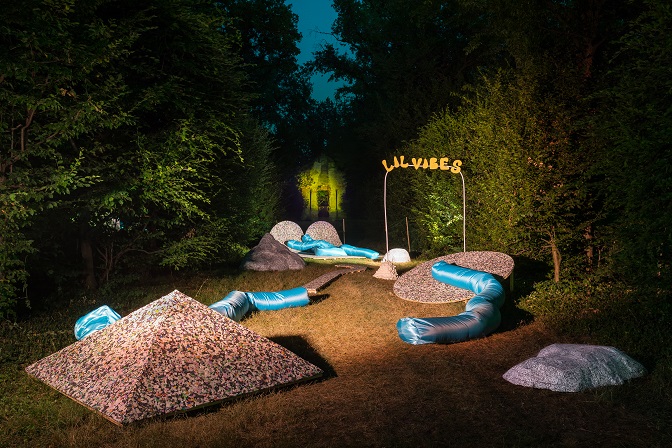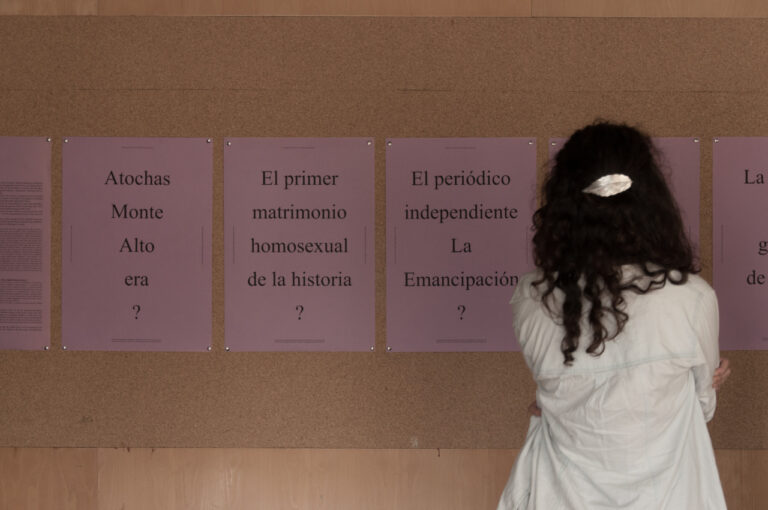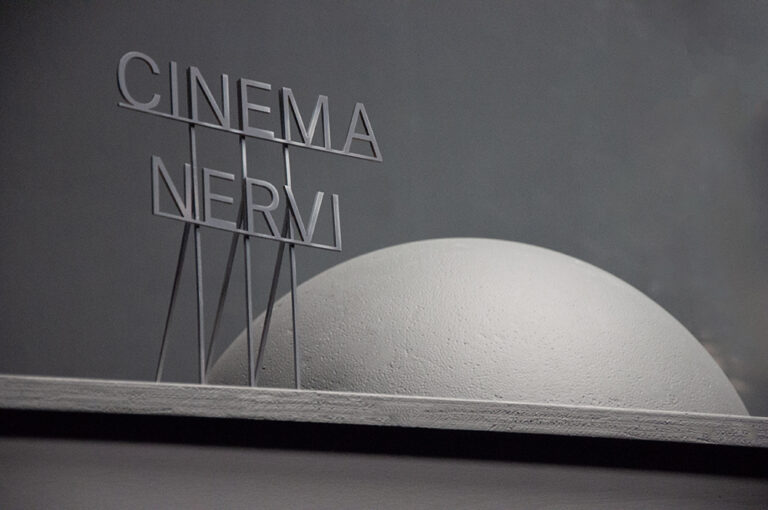- Selected Works —
- Texts —
- Archive —
- About
Dark Matter Architecture Agency
XX Architecture and Urbanism Biennal Chile, Parque Cultural Valpariso, from 26th October to 5th November 2017, Valparaiso, Chile.
Since the crisis of modernity, after WWII, we have witnessed the continuous effort to comprehend and narrate the society in which we have been living in, thus trying to define it in a precise, and sometimes dogmatic, manner. ‘The Age of Anxiety’, ‘The Risk Society’, ‘The New Middle Age’ are just some of those attempts that showed as wrong with their totalitarian will. We are not able to read and interpret anymore the world around us.
In this situation, the architect has to confront a strong uncertainness and the tools at his disposal are no more valid. The architect moves in a dark and blurred space. Hence, groping in the dark, he tries to find his way.
Dark Matter Architecture Agency wonders how architecture can interact with this uncertainness, in order to give birth to new possibilities of collective life and its habitat.
The geographers and archaeologists who have approached the reconstruction of the dawns of men’s history before the invention of any form of writing have used, as their only track, the first artifacts and objects that had been found. First of all the construction of the shelter.
Today, recognizing the Anthropocene and its call to the only opportunity to review the modalities and processes of anthropization, imposes us to rethink ourselves. In 20.000 BV the world was climatically inhospitable. The extremely low temperatures, the numerous storms and the absence of natural materials like wood, pushed men to elaborate artifacts and shelters through new modalities. In recent years, there have been discoveries in Ukraine and Holland of remains of what has been defined a “Mammoth Bones House”, clusters of circular-formed habitations, which had been built during that period using bones of Mammoths. The Ice Age man adapted his habits and the objects he produced to survive the change. As the Ice Age man,can we give a new shape to the house, the shelter? Giving shape to a new vision of this primary artifact is like narrating and imagining a new phase of anthropization, new civility, and civilization.
Nowadays, the physical and political structure of our planet is influenced by numerous factors such as, in particular, the new technologies and the growth of a Planetary-Scale Computation system as Benjamin Bratton writes in his The Stack. Some of these elements are altering the “real”, by interacting with it. They can work on more levels, from the single user scale to a global scale. In this way, reality becomes a system of ambiguous and ephemeral inter-connections constantly changing. We are now facing what Bratton calls The New Normal. Within the maze of this Dark Stack, new alternatives of interpretation and development of reality rise up. How can we move through these new territories? As the Ice Age man, where is our Mammoth Bones House?
We strongly believe in the need for new external or parallel platforms to the upcoming contemporary systems of progressive exclusion and hyper-racism. Such alternative platforms would require the appropriation of technologies and communication systems that are currently leaning towards oppression, coopted instead into the construction of new communities that could find space in the ruins of the post-industrial city, structuring new modes of exchange, production, and coexistence.
The idea of the ‘platform’—a term borrowed from computing language—as a new form of collective organization that structures a system of sovereignty can serve as a foundational element in envisioning new cosmologies. The alteration and change of sovereignty on a planetary scale combined with the opportunity provided by new technologies and communication systems allow us to open new doors and create new visions that respond to the need of microforms of independent societies, which would be able to function at a global level through systems of ‘Planetary Scale Computation’. But, first of all, who controls today’s Planetary Scale Computation systems?








